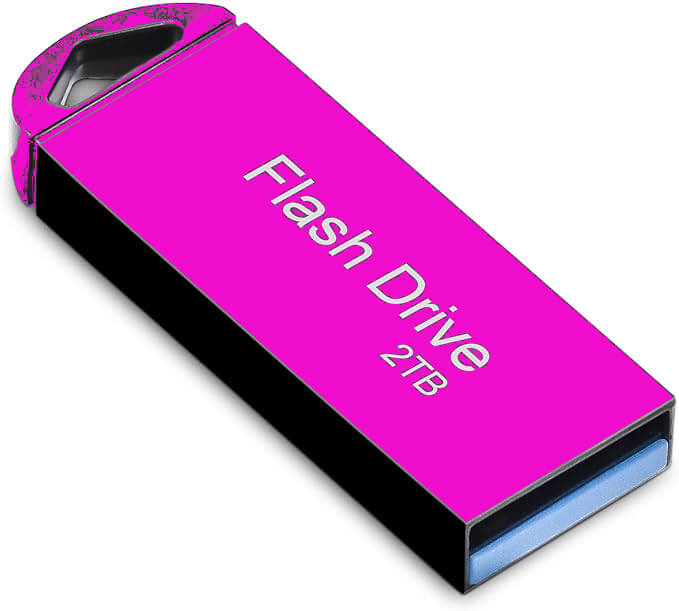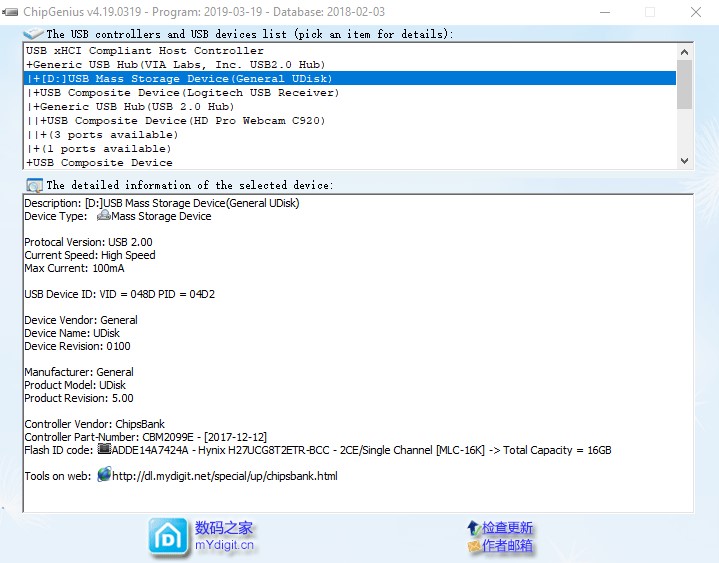A couple of years ago, I blogged about Fake Flash Drives, and now I have to write a refresh article: You also need to watch out for Fake Hard Drives and Fake Solid State Drives. Please make sure you don’t buy these things!
Good & Bad Examples
First, some examples of legitimate, reliable storage drives:
- 1TB External Hard Drive from Target for $55
- 1TB External Hard Drive from Amazon for $44
- 1TB Portable SSD from Best Buy for $60
- 1TB Portable SSD from Costco for $90
These items are all fine choices for your data storage. Please note that they are recognizable, big-brand names within the $50-100 price range.
Now for some fakes for your consideration (PLEASE DO NOT BUY THE FOLLOWING PRODUCTS!):
- 8TB Portable SSD from Walmart for $33
- 8TB Portable SSD from Amazon for $89
- 16TB Portable SSD from eBay for $23
If you regard those items, you should notice some clues that something’s not right. First, there’s no noticeable brand name, or if there is, it’s a name you’ve never seen before and won’t see anywhere else on the web. There’s a big price disparity, too; charging a few dollars per Terabyte of storage is too good to be true.
16TB storage drives do exist, for the rare few of you that need one. If you buy a legitimate 16TB hard drive, expect to pay around $300 at the time of this writing.
Details & Dangers of Fake Drives
The dangers of this scam go beyond losing some money. Your files are at risk if you fall into this trap. These fraudulent devices are mis-manufactured to offer 16TB of storage to your computer. And your computer will believe it when you attach the drive! But there isn’t really that much storage in there. It’s more like a couple of 64GB microSD cards glued to a reader board in these sham drives.
So what happens is that you can try to put data on the device. And it will work, up to a point, but then catastrophe will strike. As your computer pipes data into an area that it thinks is huge but is really much smaller, your data will fall into oblivion. Like lemmings walking off a cliff. And this won’t be apparent until later, when you try to open or retrieve those files. Then you will meet with errors and irrevocable data loss.
Dos & Don’ts
The Too-Long;-Didn’t-Read advice I can finish up with is:
- Do pay attention to brand names, and buy something from a recognizable manufacturer.
- Don’t jump on amazing prices/deals. If the price is too good to be true, it probably is.
- Don’t believe the posted reviews! Amazon and other websites are commonly gamed by the scammers, and a sham product can have thousands of 5-star reviews below it.
- Do be judgmental about where you buy (online). Costco, Staples & Best Buy vet their vendors more than Wal*Mart, Amazon and eBay. Avoid those free-for-all marketplaces where anyone can hawk their wares.
- Do feel free to report scam products to the website’s support team, but don’t spend a lot of your time or emotion on it. I did that 2 years ago with the flash drive debacle, and it became obvious that these big companies don’t care about or can’t fix the problem from their side.



